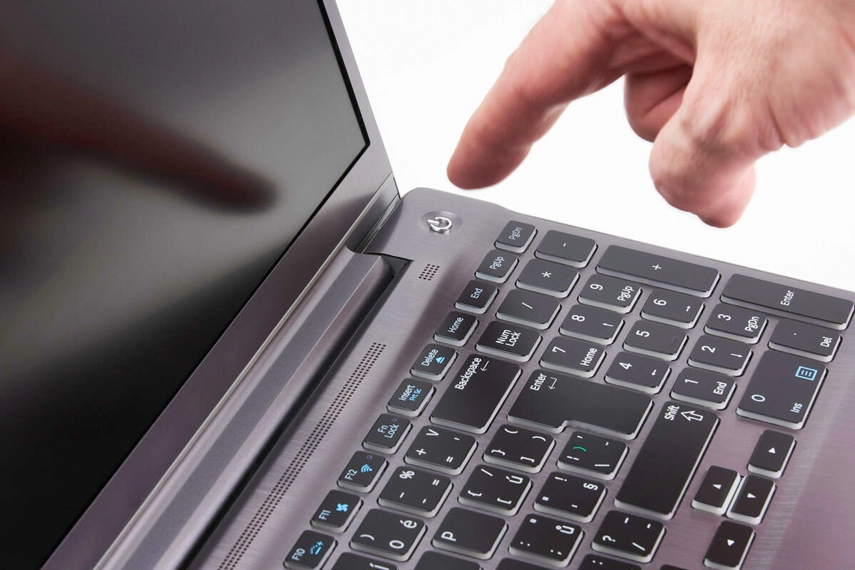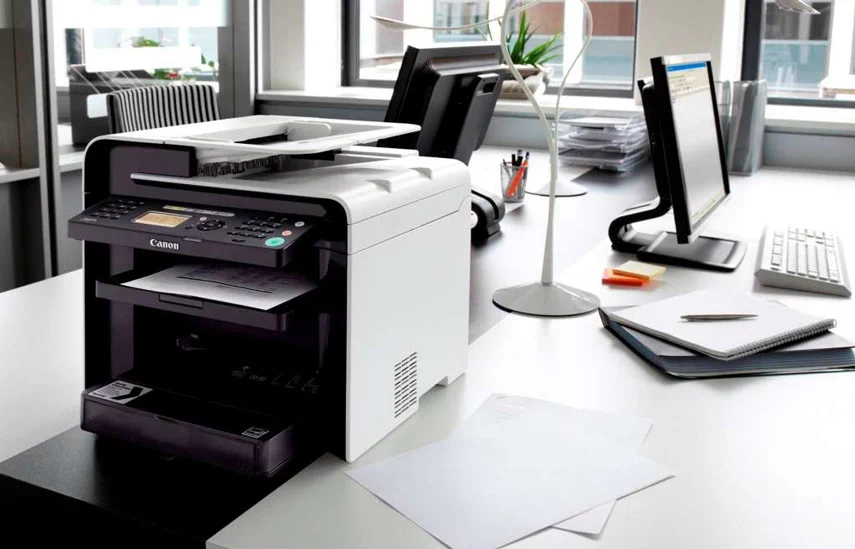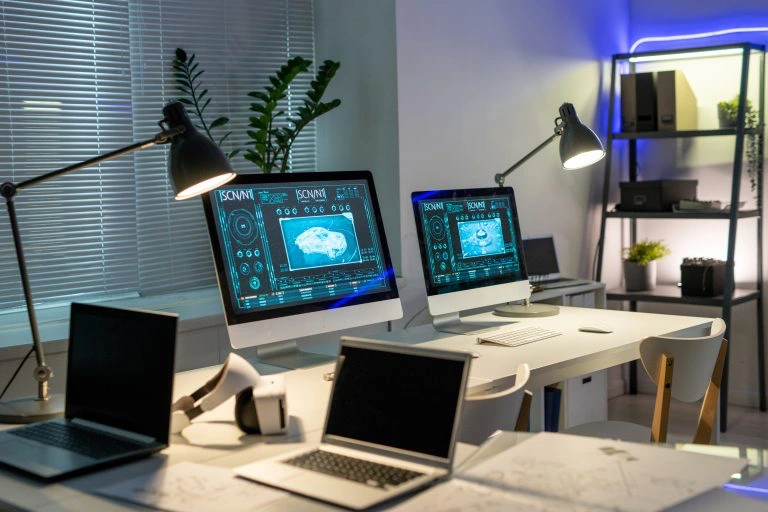The Hidden Costs of Slow Computers
Is your computer taking forever to start up? Does your team complain about slow systems or crashing software? Aging hardware isn’t just frustrating—it can hurt productivity, increase security risks, and limit your business’s potential. So, how do you know when it’s time to upgrade, and what should you focus on? Let’s break it down.
When to Consider Hardware Upgrades
If your computers are slowing down, frequently crashing, or struggling to run newer applications, it might be time for an upgrade. Outdated hardware can bottleneck your business, making simple tasks take longer than they should. Security is another major concern—older devices may no longer receive crucial security updates, leaving your business vulnerable to cyber threats.
Here are some key signs it’s time to upgrade:
- Slow performance – Long startup times, lagging applications, and frequent system crashes.
- Compatibility issues – Your hardware can’t support the latest software or operating systems.
- Security risks – Devices no longer receive security updates, increasing vulnerability to attacks.
- Frequent repairs – If you’re constantly fixing hardware issues, replacing it may be more cost-effective.
- Age of equipment – Most desktops last 3-5 years, while laptops typically need replacing every 2-4 years.
What to Upgrade
Once you’ve identified performance issues, the next step is knowing what to upgrade.
For Desktops & Laptops:
- Replacing the Computer: If your device is more than five years old, constantly needs repairs, or struggles with everyday tasks, it may be more cost-effective to replace it rather than upgrade individual components.
- Processor (CPU) – A faster processor improves overall system performance and responsiveness.
- RAM – More memory allows for smoother multitasking, especially when running multiple programs.
- Storage – Replacing an old hard drive (HDD) with a solid-state drive (SSD) significantly speeds up boot times and application loading.
- Graphics Card (GPU) – If your business handles graphic design, video editing, or 3D rendering, upgrading the GPU can greatly improve performance.
For Servers:
- CPU & RAM – Upgrading these ensures your server can handle increased workloads and multiple users.
- Storage – Faster and more reliable storage (like SSDs or RAID arrays) improves data access and system reliability.
- Network Cards – Helps improve connectivity and ensures smooth communication between devices.
For Networking Equipment:
- Routers & Switches – Upgrading to newer models improves speed, security, and Wi-Fi coverage.
- Firewalls – An updated firewall strengthens your network security, protecting your business from cyber threats.
The Benefits of Upgrading
A well-planned hardware upgrade isn’t just about making things faster—it impacts productivity, security, and cost-efficiency.
- Faster systems mean better productivity. Your team can work without frustrating slowdowns.
- Improved security reduces cyber risks. Outdated hardware can leave your business vulnerable.
- Fewer repairs and downtime save money. Investing in newer technology reduces the need for constant fixes.
- Future-proofing ensures long-term efficiency. Upgraded systems will be compatible with new software and emerging technologies.
Choosing the Right Hardware
Not sure where to start? Begin by assessing your team’s workload, the applications they use, and how their current devices are performing. If you’re unsure about the best options, consulting with an IT expert—like an MSP—can help you make informed decisions.
It’s also essential to balance cost and return on investment (ROI). While upgrading everything at once isn’t always necessary, focusing on critical areas first ensures you get the best value for your budget.
Implementing Your Upgrade
Once you’ve chosen the right upgrades, planning the rollout is key to minimising disruptions.
- Back up your data before making any hardware changes to avoid potential data loss.
- Schedule upgrades outside peak hours to reduce downtime.
- Ensure proper installation and configuration for a seamless transition.
- Plan for ongoing maintenance to keep your new hardware running efficiently.
Conclusion
Upgrading your hardware isn’t just about keeping up with new technology—it’s about making sure your business runs smoothly, securely, and efficiently. By replacing outdated systems, improving performance, and strengthening security, you’re setting your business up for long-term success.
Not sure if your current setup is holding your business back? At Insight IT, we can help you assess your IT infrastructure and recommend the best upgrades for your needs. Plus, you can find high-performance computers, laptops, and accessories directly on our online shop. Upgrade with confidence, knowing you’re getting the right technology for your business. Visit our shop today or get in touch for expert advice!





